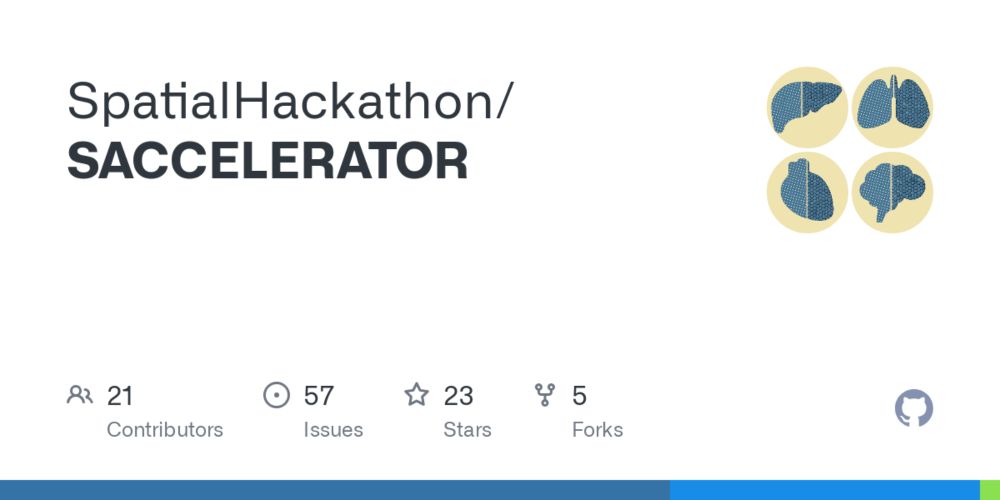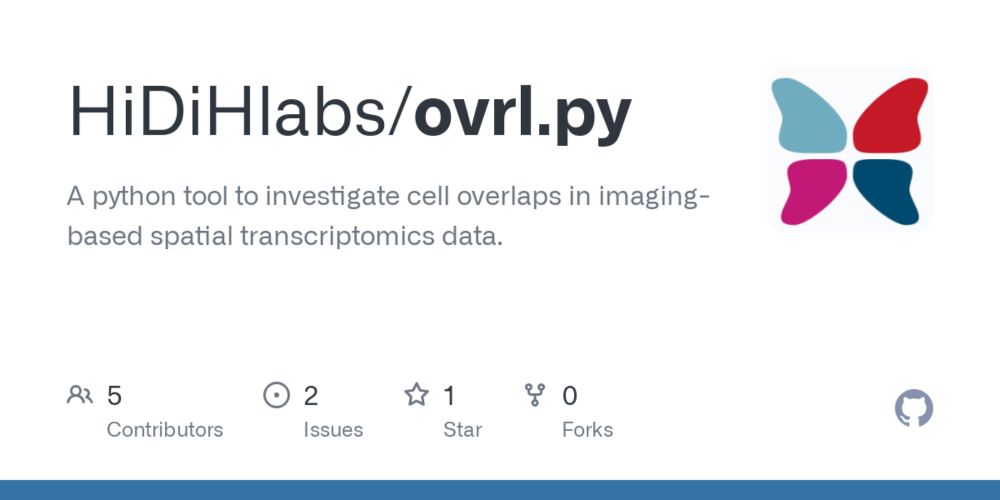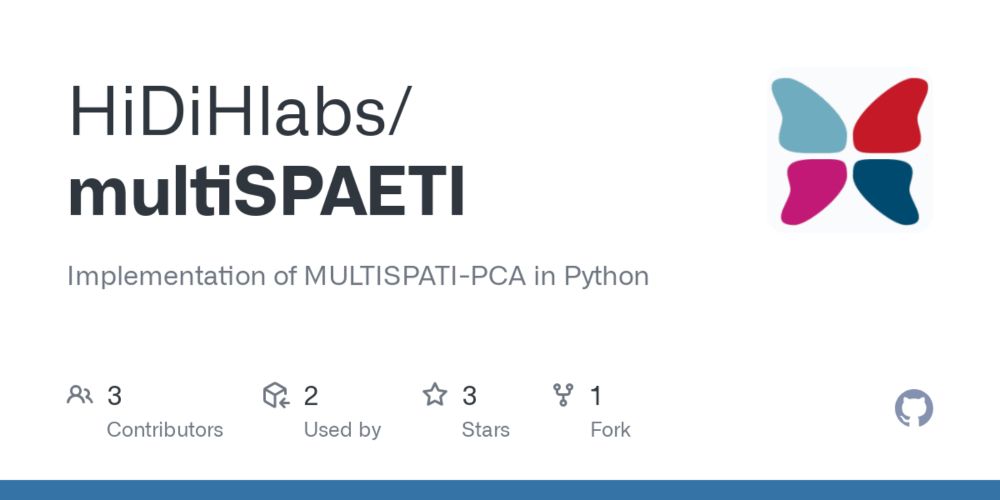github.com/HiDiHlabs/sa...

github.com/HiDiHlabs/sa...

- benchmarking studies can be inconsistent
- methods do not scale to new datasets
- "ground truths" do not consider granularity of biological features
- looking at the differences between methods (entropy) is informative
- method performance doesn't match subjective importance
- benchmarking studies can be inconsistent
- methods do not scale to new datasets
- "ground truths" do not consider granularity of biological features
- looking at the differences between methods (entropy) is informative
- method performance doesn't match subjective importance
GitHub: github.com/HiDiHlabs/ov...

GitHub: github.com/HiDiHlabs/ov...
GitHub: github.com/HiDiHlabs/mu...
RtD: multispaeti.readthedocs.io/1.0.0/genera...

GitHub: github.com/HiDiHlabs/mu...
RtD: multispaeti.readthedocs.io/1.0.0/genera...
GitHub: github.com/HiDiHlabs/sp...
RtD: spatialleiden.readthedocs.io/stable/
GitHub: github.com/HiDiHlabs/sp...
RtD: spatialleiden.readthedocs.io/stable/

